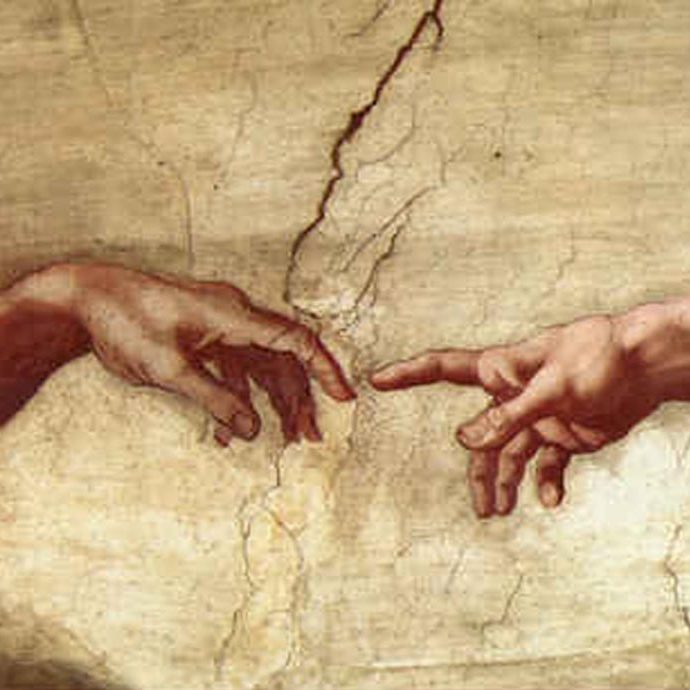The Iroquois Constitution
You will find it very difficult to keep in mind that it survives after some 500 or 600 years, and was originated by people that our ancestors mistakenly considered as “savages”. Some sources place the origin of the Five Nation Confederacy as early as 1390 AD, but others insist it was prepared about 1450-1500 AD; in any case, it was well before any possible contamination by European invaders. Early explorers and colonists found the Iroquois well established, as they had been for many generations: with a democratic government; with a form of religion that acknowledged a Creator in heaven; with a strong sense of family which was based on, and controlled by, their women; and many other surprises you will soon discover.
It must also be pointed out that this document refers to to the “Five” Nations, while other references to the Confederacy speak of the “Six” nations. From the inception, there were the Five Nations discussed in this Constitution. In about 1715, the Tuscarora Nation, once part of the Iroquois peoples in a much earlier period of their history, moved up from North Carolina to avoid warfare with the invading white settlers, and were adopted into the Confederacy. At this point in time, the Iroquois controlled many parts of our now eastern states from their homelands in what is now New York state. The original Five Nations were:
Mohawk: People Possessors of the Flint
Onondaga: People on the Hills
Seneca: Great Hill People
Oneida: Granite People
Cayuga: People at the Mucky Land
Tuscarora: Shirt Wearing People became the Sixth Nation
The founder of the Confederacy of the Five Nations is generally acknowledged to be Dekanawida, born near the Bay of Quinte, in southeastern Ontario, Canada. During his travels, he associated himself with a Mohawk tribal lord in what is now New York, and named him Hahyonhwatha (Hiawatha) (He who has misplaced something, but knows where to find it). Hiawatha left his family and friends, and joined Dekanawida in his travels, becoming his chief spokesman. One legend has it that Dekanawida, while brilliant, had a speech impediment, and depended on Hiawatha to do his public speaking for him. Together, they traveled the length and breadth of the lands on the south shores of Lakes Erie and Ontario, as well as the river to the sea, now known as the St. Lawrence. These were the homelands of tribes with a common heritage, but who had been warring with one another for many years. Dekanawida united them into a League of Nations that we now call the Iroquois League. Centuries later, Longfellow “borrowed” the name of Hiawatha to be his hero in a fictional legend; there is no other connection between the two Hiawathas nor their stories.

